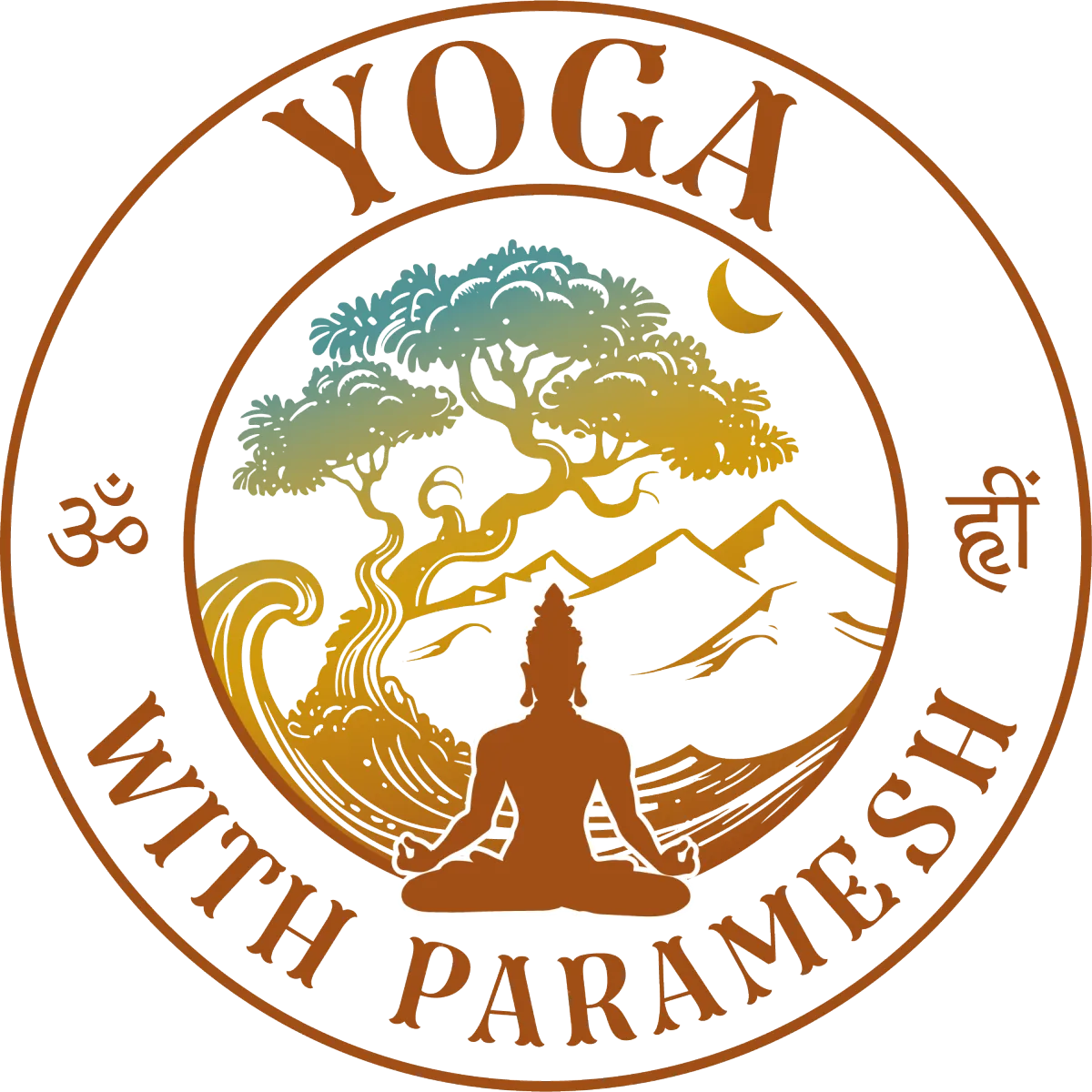
Mantra Yoga
Mantra Yoga
The practice of mantra japa (mantra repetition) is of central importance in the yoga tradition. In fact, you could say that mantra japa is one of the main meditation practices, if not the main meditation practice of yoga.
There is in fact a form of yoga, called Japa Yoga (Mantra Yoga).
Mantra japa consists of repeating a mantra or a name of the divine constantly, either externally or internally. An example of external chanting is kirtan, where we sing or chant the divine names. Meditation with mantra is usually done silently and internally.
At present we have many vrttis, or movements of the mind. Some of us may relate to this as the voice in our heads that never stops talking. Others may be aware of a constant stream of thoughts, emotions, hopes, and fears that are always going on within.
This clutter in the mind not only disturbs our peace of mind, but often we identify with whatever we are feeling or thinking. If someone asks us how we are, we say we’re good if we feel good. If we don’t feel good, or if we are having negative thoughts and emotions, we say we are not doing so well. Almost all day everyday, except when we’re sleeping, we are identifying with whatever we are feeling or thinking.
Yoga teaches that we are not our thoughts and feelings. This is quite an obvious thing because thoughts and feelings are constantly changing, plus something is aware of the thoughts and feelings. Yoga is more concerned with the consciousness that is aware of thoughts and feelings, rather than the constantly changing landscape of the mind and body.
By focusing on the mantra internally we bring the mind to one-pointed concentration. Thus we take all the movements of the mind, and bring it to one thing, the mantra. We lose a lot of energy because excessive thinking, so when the mind becomes focused and concentrated we gain and retain more energy.
When the mind becomes still, we rest in the natural state of awareness. Only when the mind has become still can we start to understand our true nature, which yoga describes as awareness-consciousness, and bliss, known as sat-chit-ananda.
Another important aspect of mantra japa is that mantras are also vibrational forms of divine consciousness. Deity mantras are said to be the vibrational form of the deity. As we repeat the mantra with our mind absorbed in its sound and meaning, our body begins to vibrate more and more with divine consciousness.
Amma, my Guru, describes vividly how she practiced mantra japa as young woman: “While walking I used to repeat the divine name with every step. I took each step only after chanting the mantra. Should I forget to chant the mantra while taking a step, immediately I stepped backwards. Having withdrawn the step, I would repeat the mantra. Only then would I proceed.”
Amma shows us how every breath can be a prayer. It is when the mind becomes a constant unbroken flow of focus on the Divine name that it becomes japa yoga. Japa yoga is when the mind merges in the Divine name.
